Remote Sensing, Free Full-Text
Por um escritor misterioso
Descrição
With the availability of low-cost, mass-market dual-frequency GNSS (Global Navigation Satellite System) receivers, standalone processing methods such as Precise Point Positioning (PPP) are no longer restricted to geodetic-grade GNSS equipment only. However, with cheaper equipment, data quality is expected to degrade. This same principle also affects low-cost GNSS antennas, which usually suffer from poorer multipath mitigation and higher antenna noise compared to their geodetic-grade counterparts. This work assesses the quality of a particular piece of low-cost GNSS equipment for real-time PPP and high-rate dynamic monitoring applications, such as strong-motion seismology. We assembled the u-blox ZED-F9P chip in a small and light-weight data logger. With observational data from static experiments—which are processed under kinematic conditions—we assess the precision and stability of the displacement estimates. We tested the impact of different multi-band antenna types, including geodetic medium-grade helical-type (JAVAD GrAnt-G3T), as well as a low-cost helical (Ardusimple AS-ANT2B-CAL) and a patch-type (u-blox ANN-MB) antenna. Besides static tests for the assessment of displacement precision, strong-motion dynamic ground movements are simulated with a robot arm. For cross-validation, we collected measurements with a JAVAD SIGMA G3T geodetic-grade receiver. In terms of precision, we cross-compare the results of three different dual-frequency, real-time PPP solutions: (1) an ambiguity-float solution using the Centre National d’Études Spatiales (CNES) open-source software, (2) an ambiguity-float and an AR (ambiguity-resolved) solution using the raPPPid software from TU Vienna, and (3) and a PPP-RTK solution using the u-blox PointPerfect positioning service. We show that, even with low-cost GNSS equipment, it is possible to obtain a precision of one centimeter. We conclude that these devices provide an excellent basis for the densification of existing GNSS monitoring networks, as needed for strong-motion seismology and earthquake-early-warning.

Evaluation of Drought Indices Based on Thermal Remote Sensing of Evapotranspiration over the Continental United States in: Journal of Climate Volume 24 Issue 8 (2011)
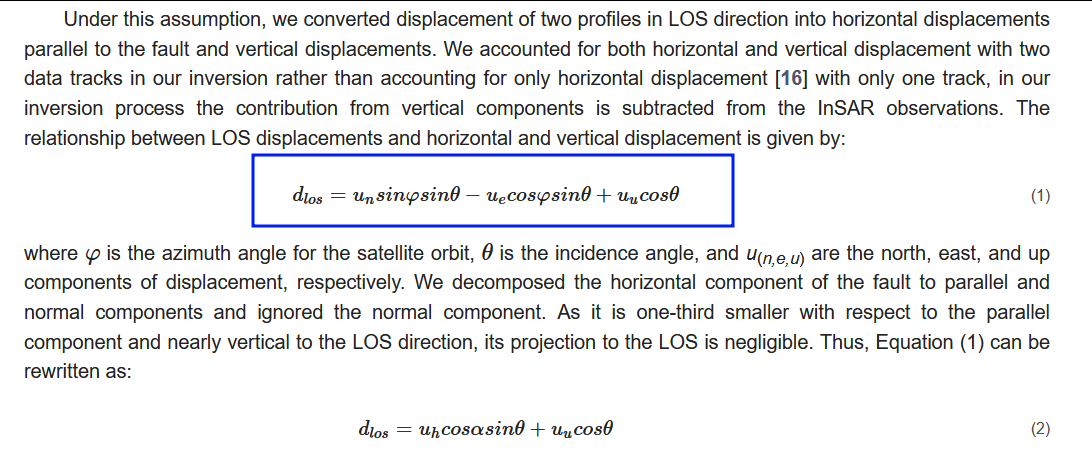
Free ground validation datasets for InSAR? (GPS, GNSS, etc) - Interferometry - STEP Forum
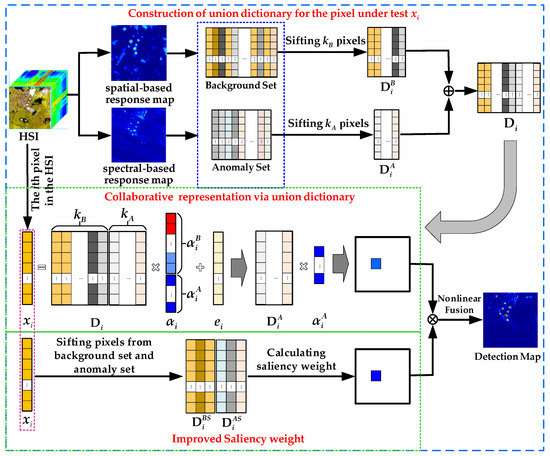
Remote Sensing Dictionary - Colaboratory

Remote Sensing, Free Full-Text, Neural Network Based Quality Control of CYGNSS Wind Retrieval, HTML
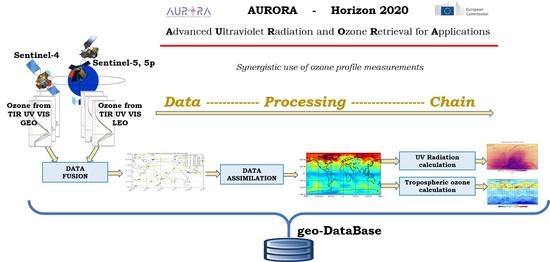
Remote Sensing Data - Colaboratory
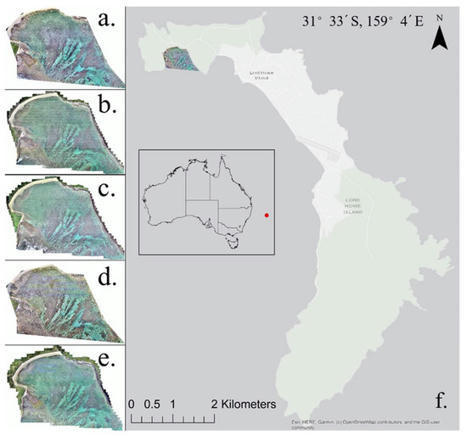
Integrating physiology with remote sensing to a

Remote Sensing Applications: Society and Environment, Journal

Coupling remote sensing and particle tracking to estimate trajectories in large water bodies - ScienceDirect

Journal of Applied Remote Sensing

Full issue in PDF / Numéro complet en form PDF: Canadian Journal of Remote Sensing: Vol 37, No 2
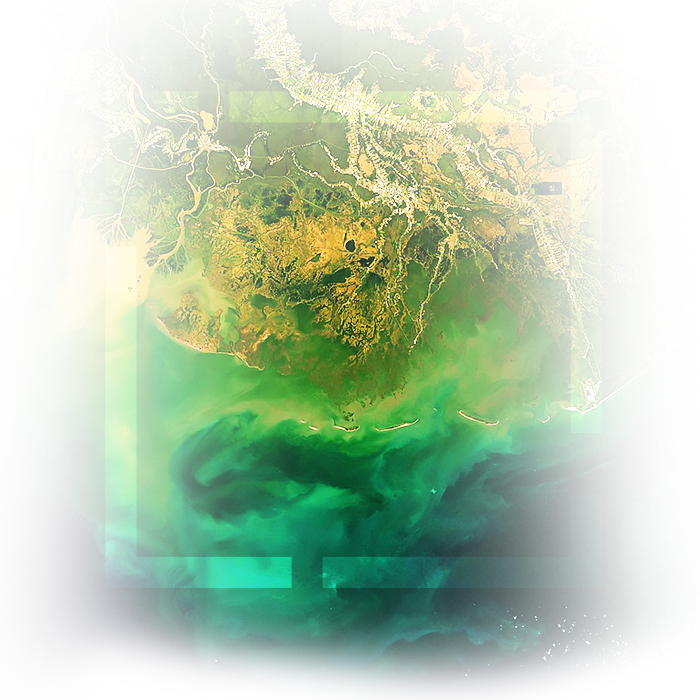
Remotely Sensed Data Ready-to-Use Imagery & Data Layers

SOLUTION: L laser remote sensing - Studypool
de
por adulto (o preço varia de acordo com o tamanho do grupo)






